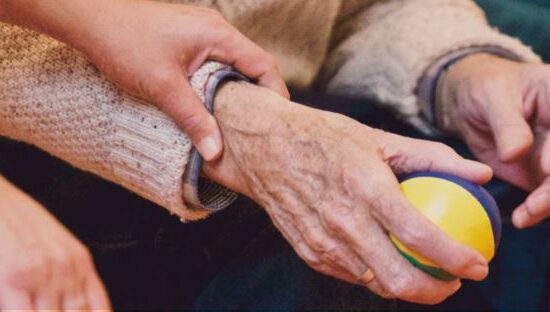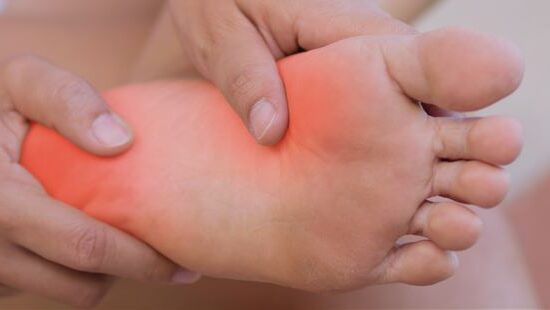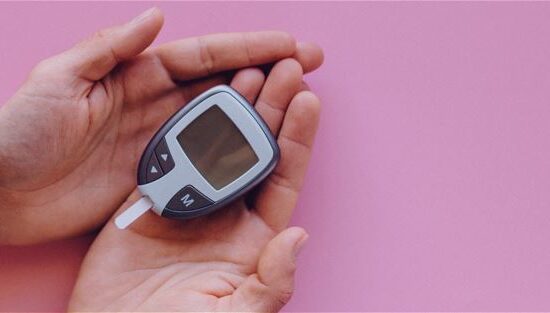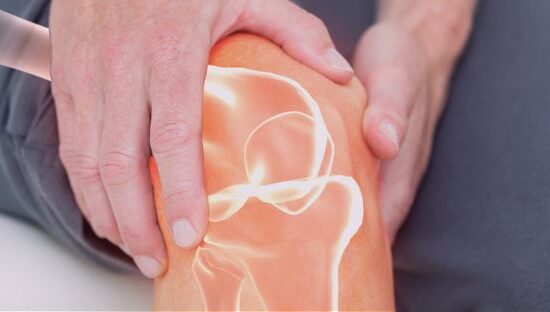What is quadriplegia?
Quadriplegia, or tetraplegia, corresponds to paralysis that more or less totally affects the four limbs of the body (arms and legs). It involves the loss of muscle functions and feeling in the affected limbs, to a variable degree.
Where does it come from?
Quadriplegia is often of traumatic origin, caused by an accident or an injury. It is provoked by compression or injury of the spinal cord in the cervical region. This distinguishes it from paraplegia, caused by an injury in the dorsolumbar region.
It may also result from a tumor, an infection or an abscess affecting this same region of the spinal column, cervical osteoarthritis, multiple sclerosis, or a hereditary congenital malformation.
How can it be recognized?
Quadriplegia can be total or partial. In the first case, there is a complete absence of feeling and motor ability in all the body structures, starting from the location of the injury. In the second case, sensitivity and voluntary motor skills may persist to some extent.
Solutions supporting people with quadriplegia
Take advantage of assistance to mobility and accessibility
A wide range of support products and services exist in several fields. They help improve the quality of life both of the patient and the natural caregivers. Many solutions for assistance in walking and mobility, residential adaptation or home help and comfort are available to support people with quadriplegia. They seek to respond to patients’ lesser and greater needs for assistance, while providing them with comfort, independence and safety.








